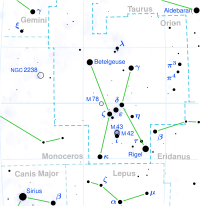
Photo from wikipedia
Although near infrared (NIR) spectra are primarily influenced by undesired variations, i.e., baseline shifts and non-linearity, and many applications of NIR spectroscopy to the real-time monitoring of wet granulation processes… Click to show full abstract
Although near infrared (NIR) spectra are primarily influenced by undesired variations, i.e., baseline shifts and non-linearity, and many applications of NIR spectroscopy to the real-time monitoring of wet granulation processes have been reported, the granulation mechanisms behind these variations have not been fully discussed. These variations of NIR spectra can be canceled out using appropriate pre-processing techniques prior to spectral analysis. The present study assessed the feasibility of directly using baseline shifts in NIR spectra to monitor granulation processes, because such shifts can reflect changes in the physical properties of the granular material, including particle size, shape, density, and refractive index. Specifically, OPUSGRAN®, a novel granulation technology, was investigated by in-line NIR monitoring. NIR spectra were collected using a NIR diffuse reflectance fiber optic probe immersed in a high-shear granulator while simultaneously examining the morphology, particle size, density, strength, and Raman images of the mixture during granulation. The NIR baseline shift pattern was found to be characteristic of the OPUSGRAN® technology and was attributed to variations in the light transmittance, reflection, and scattering resulting from changes in the physicochemical properties of the samples during granulation. The baseline shift also exhibited an inflection point around the completion of granulation, and therefore may be used to determine the endpoint of the process. These results suggest that a specific pattern of NIR baseline shifts are associated with the unique OPUSGRAN® granulation mechanism and can be applied to monitor the manufacturing process and determine the endpoint.
Journal Title: AAPS PharmSciTech
Year Published: 2017
Link to full text (if available)
Share on Social Media: Sign Up to like & get
recommendations!